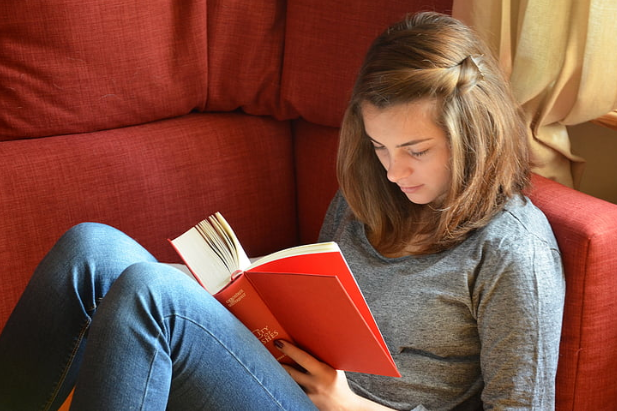Understanding the art of mediation
Being one with nature, this participant is shown resting her hands in Jnana Mudra. Jnana Mudra is a hand position among many others used during meditation. Being outside is a way to connect deeper with the world around you during a meditation practice.
January 3, 2019
The everyday person has to manage multiple things on their plate. Whether it is homework, a job after school, school clubs, sports and spending time with family and friends; balancing everything can cause stress that can be hard to handle. Sometimes we all need to take a break, pause and exhale. Meditation is a great way to channel our thoughts, calm our minds, invite positivity, and reflect. The end goal of meditation is to have a clear mind and become emotionally stable. The common misconception of this practice is someone sitting cross legged with their fingers pressed together on their knees while humming. While yes, this is what meditation can look like, there is much more to it.
There are proven health benefits of mediation. Studies have shown that meditation can reduce stress, control anxiety, foster emotional health, and improve sleep. A sleep study showed that people who meditated fell asleep faster and stayed asleep longer. This is all due to how this practice makes you feel. Depression was also shown to have decreased among people who have meditated over a long period of time. Self discovery appears throughout the experience as you learn new things about yourself. This moment can be a very enlightening time. When your eyes are closed and you are alone with your own thoughts, it feels like no one else is around.
It is important for people to understand that a moment of serenity can go a long way. English teacher Mrs. Balazs uses mindful meditation in her classroom with her students and said, “I think we get so overwhelmed, and it is so easy to give up. I use mindful meditation to stop and slow down. It helps people to get more done.” There are numerous forms of meditation. Mindful meditation, like the style used in Mrs. Balazs’ classroom is about being aware of what is around you. The idea is to focus on your body, your breathing and thoughts. Another type is transcendental meditation that dates back to the Vedic tradition in India. This style is the most common perception of meditation. Transcendental is about being intact with your consciousness. A popular meditation practice on the rise is guided meditation. Guided meditation is when the participant listens to the sound of a voice instructing them on what to visualize and think about. During this practice, the focus is usually on reflecting and creating a sense of positivity. To start practicing guided meditations, there are helpful videos that can be found on YouTube. Apps are also available that can be downloaded on your phone. Calm and Headspace are Editors’ Choice awarded apps that are great to use. Reminders can be set on some apps so that you get a notification for your daily dose of meditation. Making this a habit can ensure benefits mentally, physically and emotionally. Take five minutes in the morning, before bed or anytime you can to release stress. Try out a style that you like and experience how this beautiful and calming practice can help your overall health.











